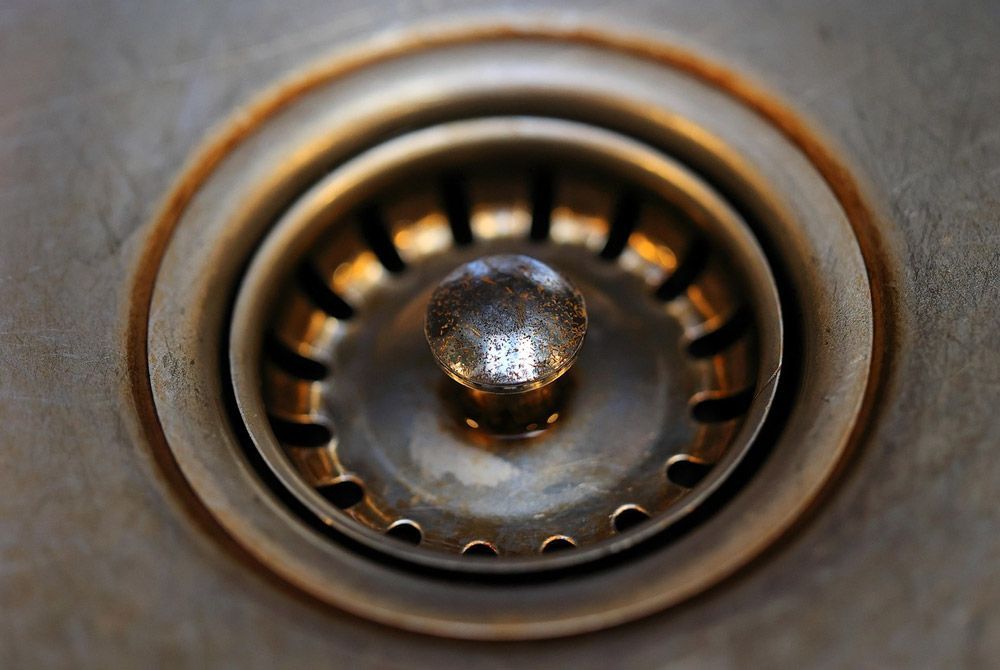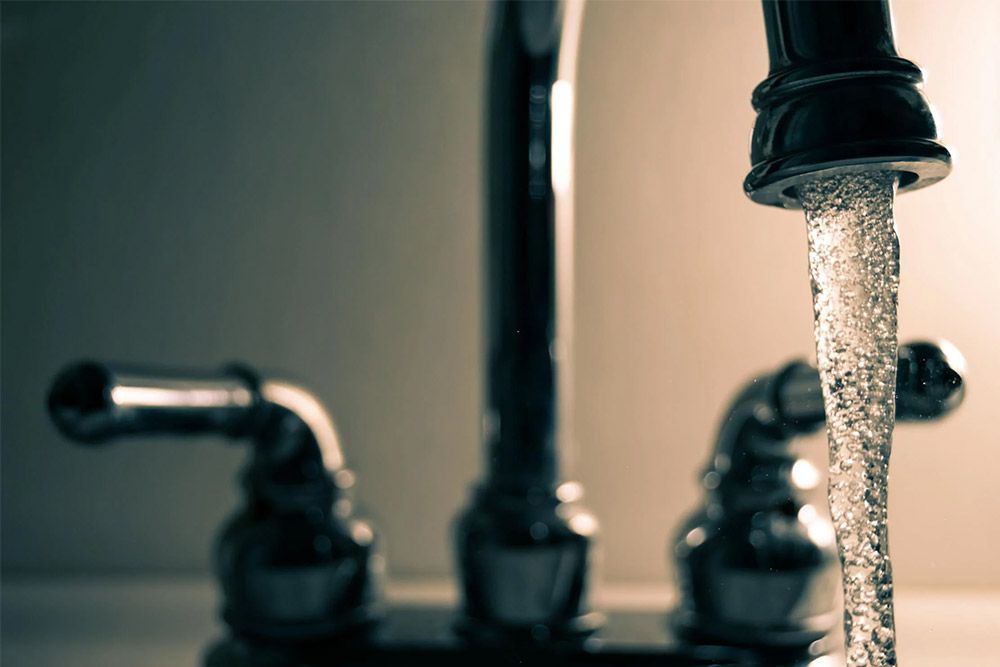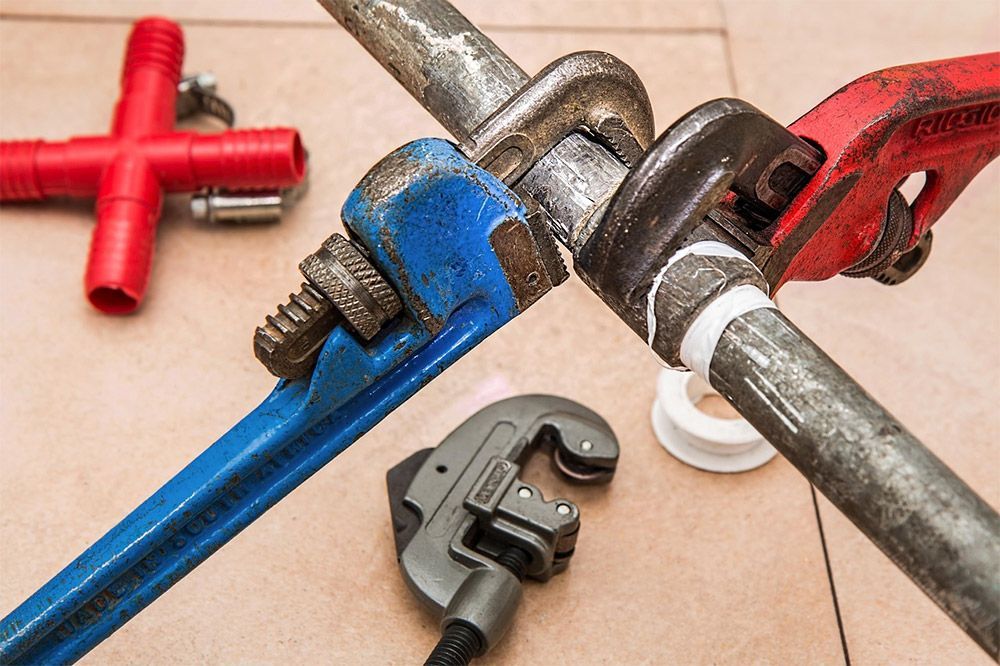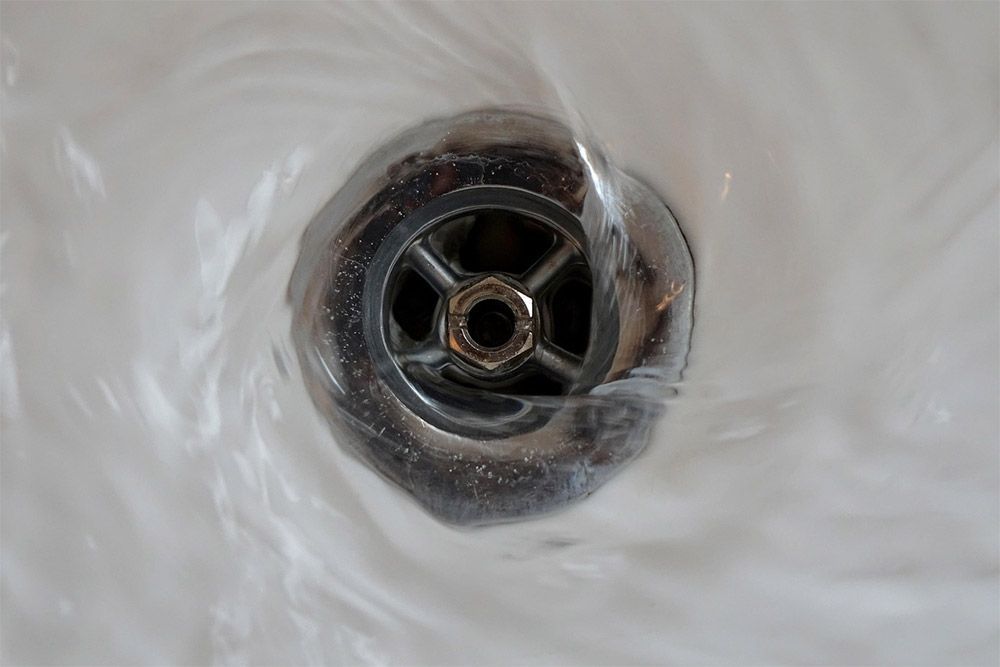Top 5 Plumbing Emergencies and How to Handle Them
Plumbing problems can strike at the most inconvenient times – often in the middle of the night, during a holiday, or even when you’re experiencing guests. While some issues can wait until regular business hours, others qualify as true plumbing emergencies that require immediate attention to prevent water damage, health hazards, or a host of structural problems.
Knowing how to recognize a plumbing emergency – and knowing what steps to take before the plumber in Broomfield arrives – can save you time, money, and a lot of stress. Many plumbing emergencies fall into a list of five very common problems. Here’s a look at those issues along with some expert tips on how to handle each one.
Burst Pipes
A pipe that bursts is arguably the most severe plumbing emergency a homeowner can face. Unfortunately, it’s also a pretty common occurrence. Whether it’s due to freezing temperatures, corrosion, or excessive water pressure, a burst pipe can release gallons of water into your home in just minutes – causing extensive damage to walls, flooring, and personal belongings. You can prevent burst pipes by insulating exposed pipes in colder temps, and by maintaining consistent indoor temperatures. It’s also important to regularly inspect your pipes for signs of corrosion or rust regularly.
In the event of a burst pipe, you should shut off the main water supply immediately. Locate the main shut-off valve and turn it off, as this will stop the flow of water and minimizes further damage. If the burst pipe is near electrical outlets or appliances, shut off the electricity in that area to avoid electrocution. Open all faucets and flush toilets to drain the remaining water from the plumbing system. Take photos or videos for insurance purposes, and then contact a licensed plumber right away.
Clogged or Overflowing Toilet
An overflowing toilet is often a messy and stressful situation, especially if it’s the only toilet in your home. It often results from a blockage in the drain, whether due to excessive toilet paper, foreign objects, or underlying sewer issues. Much like with a burst pipe, the first thing you’ll want to do is stop the water flow. Remove the tank lid and push the flapper valve down to stop water from entering the bowl. Then, lift the float to stop the tank from filling.
Make sure to shut off the toilet valve. Turn the valve located at the base of the toilet clockwise to stop the water flow. Once the water has been controlled, use a good-quality flange plunger. This will often dislodge minor clogs and get things back to normal. Avoid using chemical drain cleaners, as they can damage your pipes and lead to an even worse problem. If plunging doesn’t work, or if overflows are happening frequently, there could be a deeper underlying issue. Don’t hesitate to call a plumber if needed. To prevent these issues, only flush toilet paper with your human waste, and educate your family members about what can and cannot go down the toilet.
Slow or Blocked Drains
Slow-draining or completely blocked sinks, showers, and bathtubs can really bring a screeching halt to your daily routine. While a single slow drain my simply be a nuisance, multiple slow drains at once can indicate a more serious problem within your main sewer line. For minor clogs, the first thing to try is boiling water. Pouring boiling water down the affected drain may help dissolve soap scum or grease – two of the main culprits in clogging drains.
If that doesn’t work, try using a plunger or drain snake. A plunger can help dislodge soft blockages, while a drain snake can reach further into the pipe to remove even more stubborn clogs. If more than one drain is slow or blocked, it could be a sign of a sewer line issue. If the blockage persists or sewage is backing up, call a professional plumber immediately, as these can pose serious health risks. Always avoid pouring grease, coffee grounds, and food scraps down kitchen sinks. You can also prevent some drain blockages by performing regular drain cleaning using natural solutions like baking soda and vinegar.
Water Heater Failure
Nothing ruins a hot shower faster than a water heater that’s on the fritz. Whether your water heater is leaking, making strange noises, or simply not producing hot water, it can significantly impact your household comfort. Always flush your water heater tank annually to remove any sediment buildup, and be sure to inspect the anode rod every 2-3 years. Keep the temperature set between 120-130° to prevent overheating and scalding.
If you think you’re experiencing a water heater failure, immediately check to make sure the water heater is receiving power. For electric heaters, check the circuit breaker. For gas units, verify that the pilot light is on. Inspect for leaks by looking for puddles or other signs of water damage around the unit. If you experience a strange smell, it could mean there is a leak. Turn off the water supply and power or gas to the unit. Water heater repairs can be dangerous and should only be handled by professionals, so be sure to call in a licensed technician.
Sewer System Backup
A sewer system backup is a major health hazard and one of the most dreaded plumbing emergencies. Telltale signs include multiple drain backups, foul odors, and gurgling sounds in toilets or drains. To prevent these backups, one of the most important things you can do is to monitor what you put into your drains. Don’t flush non-biodegradable items, and always avoid pouring grease down the drain. Have your sewer line inspected every few years, especially if you have large trees nearby.
If your sewer system gets backed up, you should stop using water right away. Don’t run faucets, flush toilets, or use appliances that use water – like dishwashers or washing machines. If you have access to your home’s sewer cleanout pipe, you may be able to relieve some pressure. Sewer backups are almost never a do-it-yourself issue, and they often require immediate professional attention. Be sure to call an emergency plumber and avoid the affected area. Sewer contains harmful bacteria and should be avoided until it’s professionally cleaned up.
Tips for Being Prepared
While the five issues listed above are the most common emergencies, every homeowner should be prepared for the unexpected. There are a lot of things to keep in mind when thinking of preventing plumbing issues. The first is to know your plumbing system. Familiarize yourself with the layout of your home’s plumbing. Know where the main shut-off valve is, as well as the location of any appliance-specific valves. This knowledge can save precious time during a crisis, saving you time and probably money on the restoration and repair efforts.
You should always have emergency tools on hand. When clogged drains or backed up toilets happen, the water doesn’t slow down for you to handle it. At a minimum, you should always have a high-quality plunger on hand, as well as an adjustable wrench, a flashlight for seeing dimly lit or hard to reach areas, and a bucket and towels. It’s also a good idea to prepare an emergency contact list that includes the phone numbers of reliable plumbers in your area that are readily available. Choose professionals with 24/7 emergency service and have good reviews.
When Should You Call a Professional?
While some minor plumbing issues can be handled using do-it-yourself techniques, it’s critical to recognize when to step back and call a licensed plumber. Most of the time, in the face of an emergency, you can use your own judgment to determine what you can and cannot handle yourself. However, delaying professional help can make a problem even worse – and likely more expensive – to fix. If you’re unsure at all – or if all of your DIY efforts haven’t resolved the issue – be sure to call in a professional.
There are a number of warning signs that will indicate when you’re out of your element and it is time to bring in professional help. If the water is gushing uncontrollably or sewage is backing up into your home, don’t waste any time in getting in touch with a professional plumber immediately. Some leaks can also be very dangerous – even if you think you can handle them yourself. If pipes are leaking near electrical outlets, they can extremely unsafe and be more complex to deal with. Always call in a professional if there is water by your outlets or if you don’t know the source of a problem.
Plumbing emergencies can feel overwhelming, but a calm and informed approach can make a world of difference. By knowing how to recognize common emergencies and what steps to take immediately, you can protect your home and family from the worst consequences. For more information on how to prepare yourself for plumbing emergencies in your home, reach out to the experts at Afford-A-Rooter today.
The Afford-a-Rooter Plumbing Repair Guarantee
24/7 Immediate Response
Certified Emergency Plumbing Service Professionals
Affordable, High-Quality Services
Recent Blog Post





